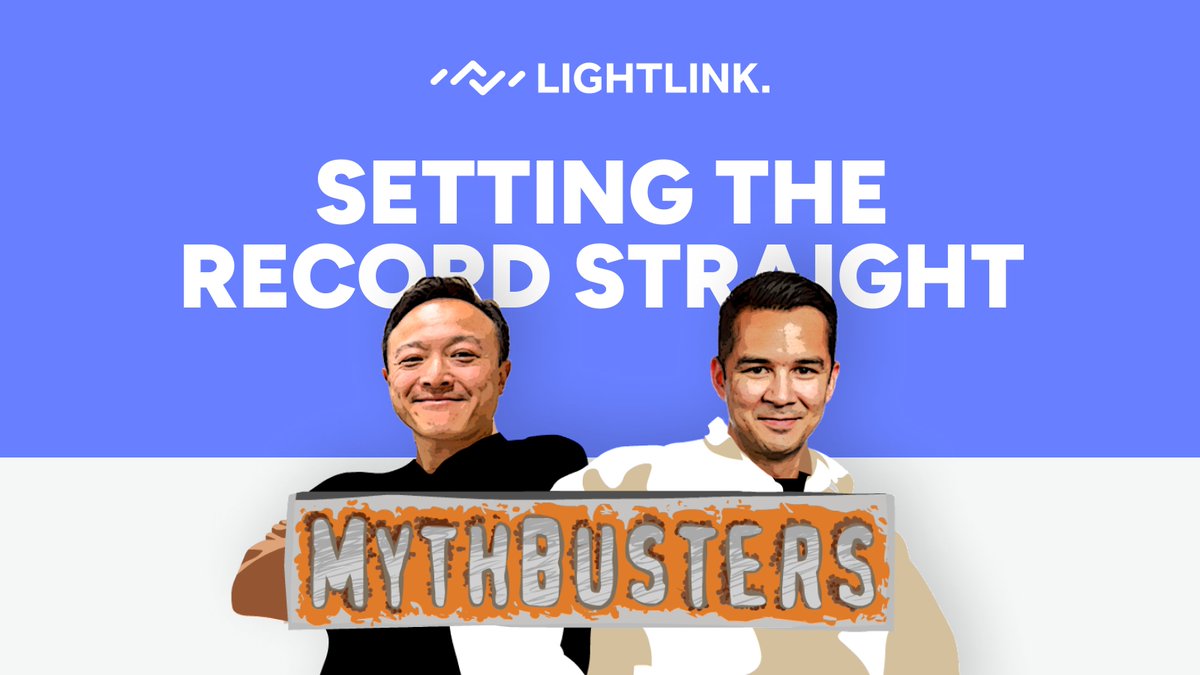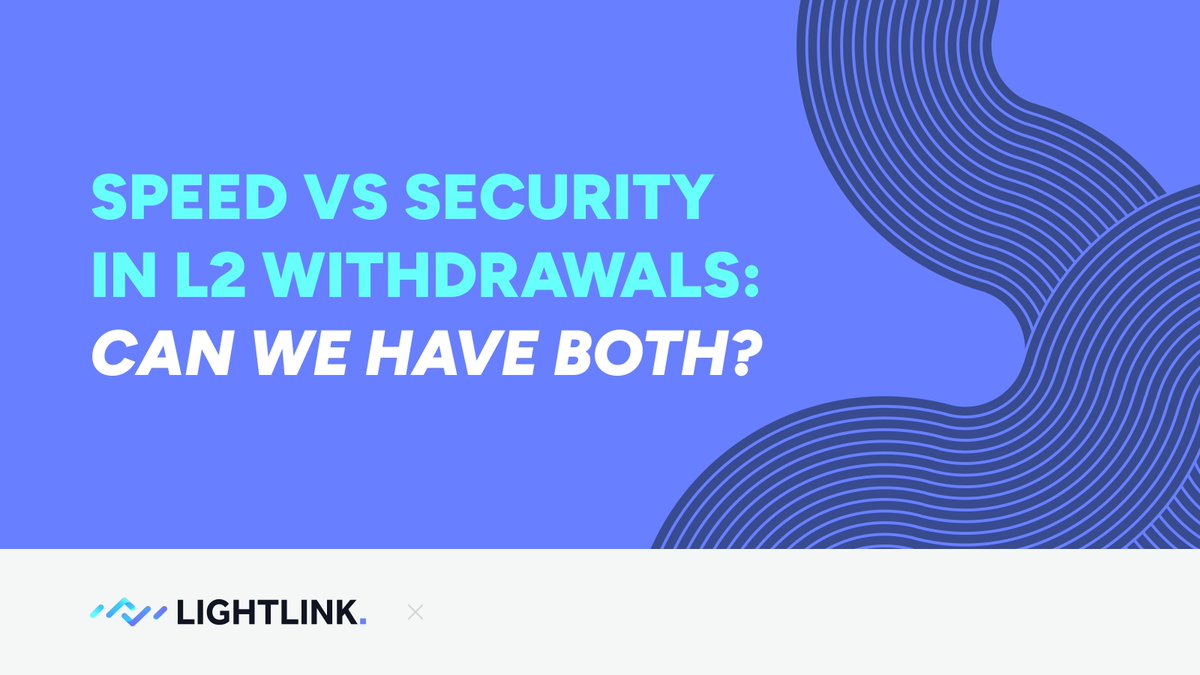1/5 Let’s clear the air on cross-chain bridging 🔍
❌ Myth: It’s still risky
✅ Fact: It’s safer than ever
This fear goes back to the $600M Ronin hack in 2022; but bridge tech has come a long way since then
Let’s unpack it 👇

2/5 Are bridges still vulnerable?
Sometimes, especially third-party ones that mix centralized + decentralized components
Common risks include:
⚠️ Smart contract bugs
⚠️ Phishing & wallet hijacks
⚠️ Replay or double-spend attacks
But security standards are improving fast
4/5 Then you’ve got native L2 bridges like LightLink’s
✅ Protocol-level design
✅ Canonical asset support (LL, ETH)
✅ 7-day withdrawal delay to protect against hacks and reorgs
Security-first, baked into the chain
5/5 TL;DR
🔹 Third-party bridges like @LayerZero_Core & @StargateFinance now decentralize and secure every layer
🔹 Native L2 bridges are secure by default, with built-in safety like withdrawal cooldowns
🔐 Verdict: Bridging isn’t the risk; outdated assumptions are 🤭
2.14K
23
The content on this page is provided by third parties. Unless otherwise stated, OKX is not the author of the cited article(s) and does not claim any copyright in the materials. The content is provided for informational purposes only and does not represent the views of OKX. It is not intended to be an endorsement of any kind and should not be considered investment advice or a solicitation to buy or sell digital assets. To the extent generative AI is utilized to provide summaries or other information, such AI generated content may be inaccurate or inconsistent. Please read the linked article for more details and information. OKX is not responsible for content hosted on third party sites. Digital asset holdings, including stablecoins and NFTs, involve a high degree of risk and can fluctuate greatly. You should carefully consider whether trading or holding digital assets is suitable for you in light of your financial condition.



